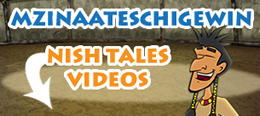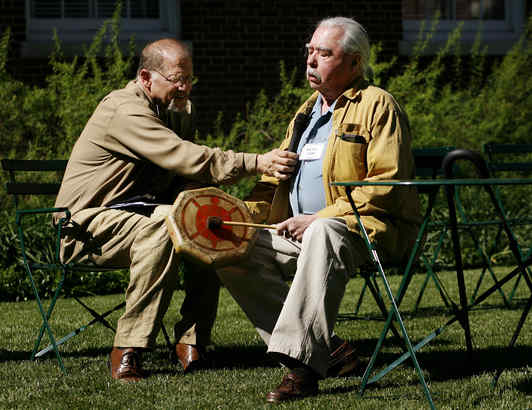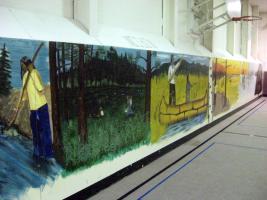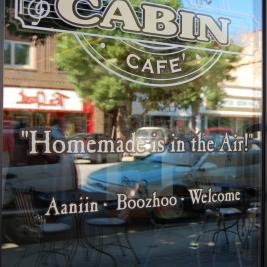It’s an attempt to reverse a decline in the use of the Inuit language in Nunavut homes, the territory’s press release said. Over the past 10 years it has dropped from 60 percent to 53 percent, prompting the languages minister and commissioner to challenge Nunavummiut “to reverse this trend, not only during Uqausirmut Quviasuutiqarniq but everyday,” the press release said.
Various activities are promoting the use of the language, including an Inuit Language Standardization Symposium from February 8–11 hosted by the Inuit Uqausinginnik Taiguusiliuqtiit (Inuit Language Authority) in Iqaluit. In addition, schools have received packages outlining Inuit Language activities, and a set of language posters is being launched. There’s also a contest for Nunavut government employees to submit an Inuktitut Word of the Day and win prizes.


















.jpg)




















